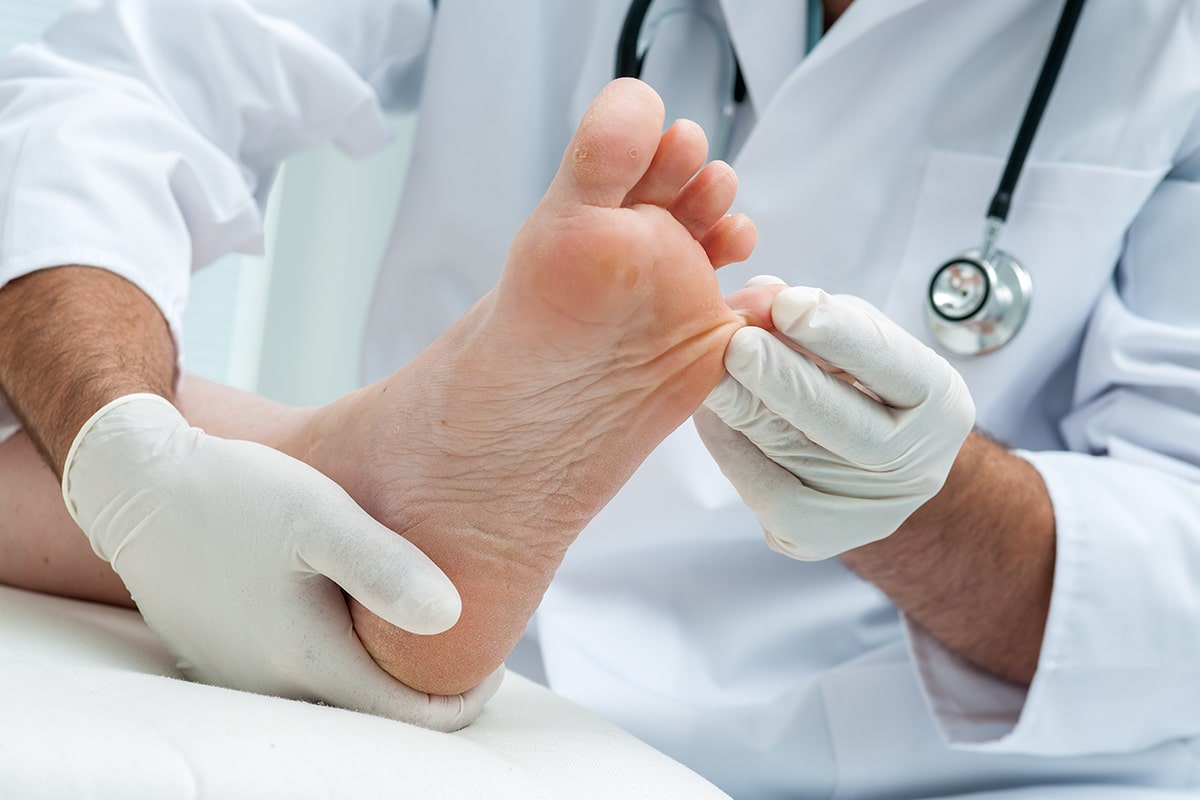Phone: +44 (0)20 8492 1600
Need help or have a question?
Contact us at: [email protected]
Athlete’s foot, also known as tinea pedis, manifests in different ways depending on the individual and the specific type of fungus causing the infection. The symptoms can range from mild to severe and can affect different parts of the foot.
The following are some of the most common symptoms associated with athlete’s foot:
These symptoms can be uncomfortable and can significantly impact a person’s quality of life. It’s important to seek treatment promptly to alleviate symptoms and prevent the infection from spreading further. If the infection spreads then you may get:

Diagnosis of athlete’s foot is typically straightforward. A healthcare professional, such as a podiatrist or a dermatologist, can often diagnose the condition based on a physical examination and your description of the symptoms.
However, to confirm the diagnosis and rule out other potential conditions such as eczema or psoriasis, the doctor may take a skin scraping or a sample from a blister. This sample can then be examined under a microscope or cultured in a laboratory to check for the presence of fungi.
In some cases, your doctor might recommend a KOH exam. This test involves applying a drop of potassium hydroxide (KOH) to a small piece of skin. The KOH destroys normal cells and leaves the fungal cells untouched, making it easier to identify the presence of fungi under a microscope.
Always consult a healthcare professional if you’re experiencing any symptoms of athlete’s foot. It’s important to get a correct diagnosis to ensure the right treatment approach.